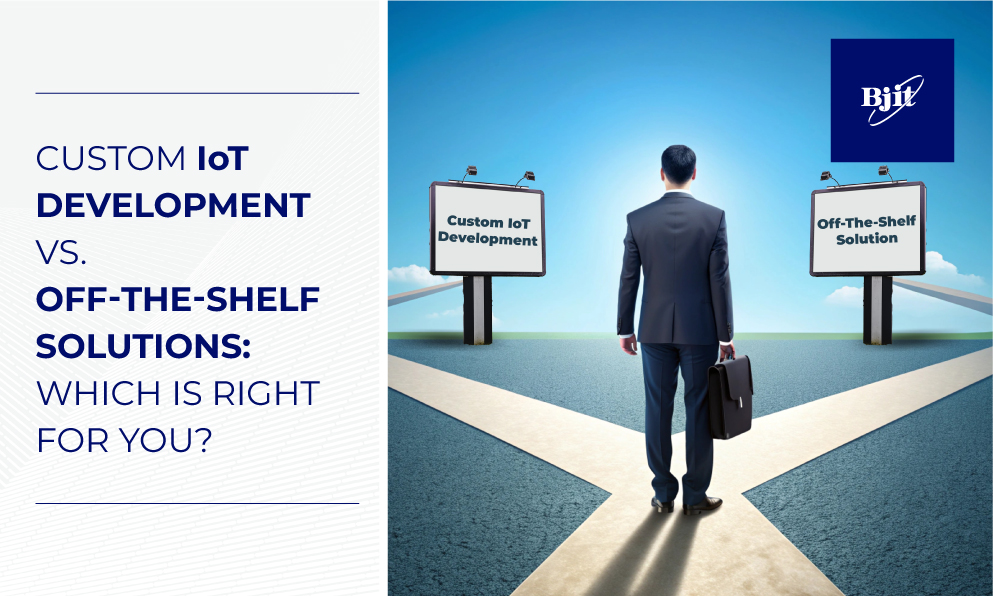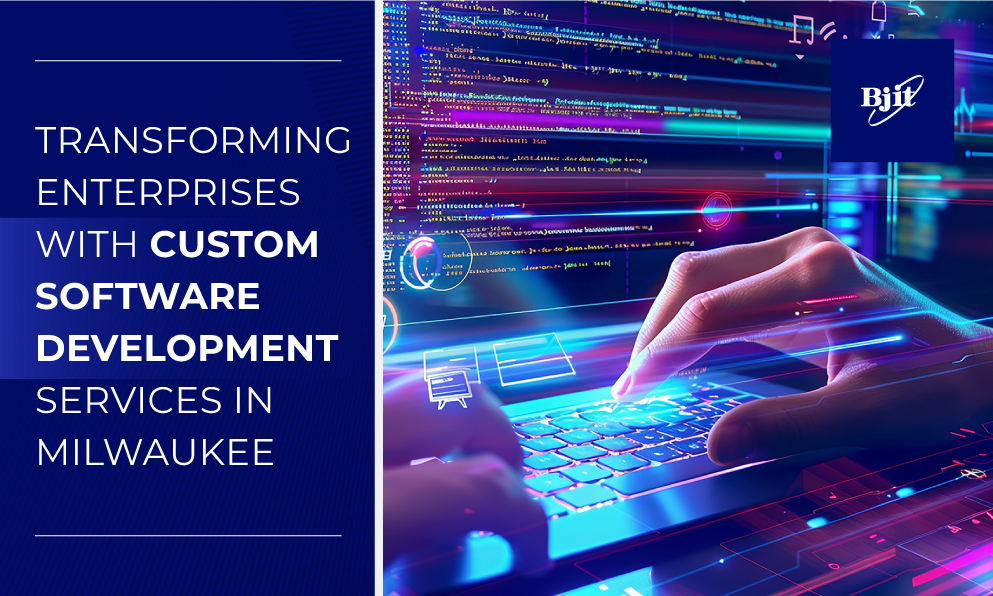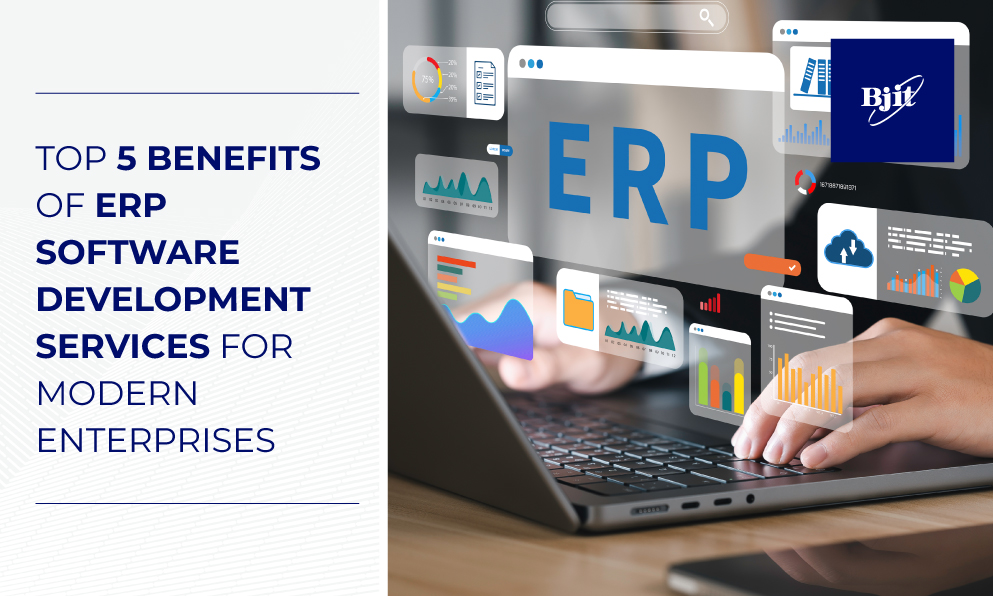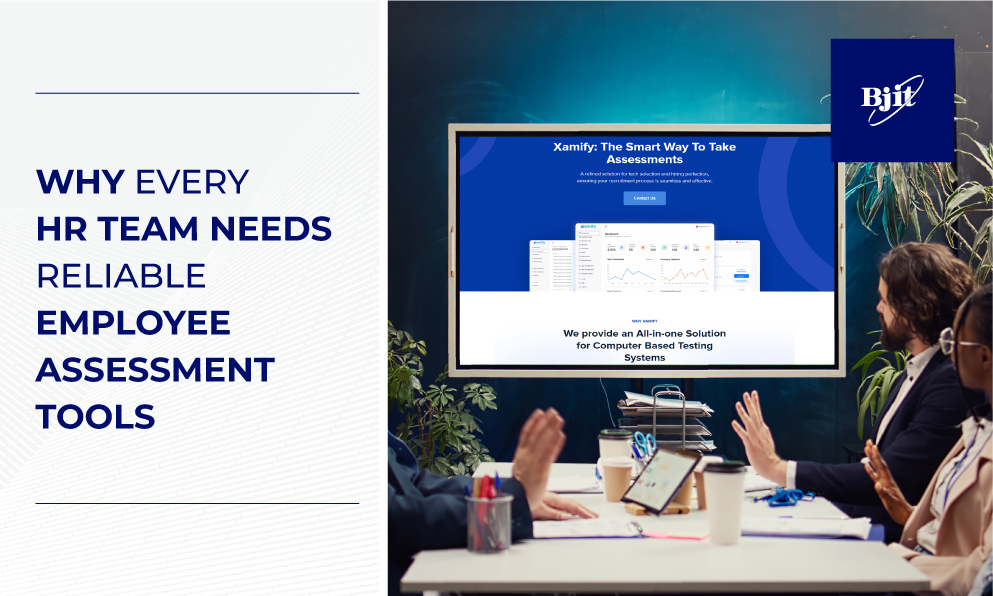Implementing an Enterprise Resource Planning (ERP) system is a significant financial decision for any organisation. The enterprise resource planning cost involves more than just the initial software purchase; it includes implementation, training, maintenance, and potential hidden expenses. Understanding these costs upfront can help businesses make informed decisions and avoid unexpected financial burdens.
In this analysis, we'll delve into the various factors contributing to the enterprise resource planning cost and provide insights into how organisations can optimize their ERP investments for maximum return on investment (ROI). Whether you're considering a new ERP system or upgrading an existing one, this comprehensive guide will equip you with the knowledge you need to make a sound financial decision.
The Core Components of Enterprise Resource Planning Cost
1. Software Licensing and Subscription Fees
The first and most obvious component of the enterprise resource planning cost is the software itself. ERP systems can be licenced in several ways, including perpetual licencing or subscription-based models. Perpetual licenses involve a one-time fee, while subscription models require ongoing payments. Both options have their pros and cons, and the choice depends largely on the organization's financial strategy and long-term plans.
Key Considerations:
- Perpetual License: Higher upfront cost but lower long-term expenses.
- Subscription Model: Lower initial cost but ongoing payments can add up over time.
2. Implementation and Customization Costs
Implementing an ERP system is not just about installing software; it requires significant customization to fit the unique needs of your organization. This process can be time-consuming and costly, depending on the complexity of your business processes. Implementation costs can include data migration, system integration, and custom development to ensure the ERP system aligns perfectly with your operational needs.
Implementation Factors:
- Data Migration: Transferring existing data into the new ERP system can be labour-intensive.
- System Integration: Ensuring the ERP system works seamlessly with other business applications.
- Customization: Tailoring the ERP to your specific business requirements.
3. Training and Change Management
An often-overlooked aspect of the enterprise resource planning cost is the investment in training and change management. Employees need to be trained on how to use the new system effectively, which can involve both direct costs (training sessions, materials) and indirect costs (lost productivity during the learning curve).
Training Considerations:
- Comprehensive Training Programs: Ensuring all employees are proficient in using the new system.
- Ongoing Support: Providing continuous support to help employees adapt to changes.
- Change Management: Addressing resistance to change and ensuring smooth transitions.
4. Maintenance and Upgrades
Once the ERP system is up and running, ongoing maintenance and periodic upgrades are necessary to keep the system functioning optimally. Maintenance costs can include technical support, regular updates, and patches to fix bugs or improve security. Upgrades may also be required to add new features or expand system capabilities as the business grows.
Maintenance Aspects:
- Technical Support: Access to expert help when issues arise.
- Regular Updates: Ensuring the system is up-to-date with the latest features and security patches.
- System Upgrades: Expanding the system’s capabilities as needed.
5. Hidden Costs and Potential Savings
While the above components cover most of the enterprise resource planning cost, hidden costs can often catch businesses by surprise. These might include additional hardware requirements, unforeseen customization needs, or extended project timelines. However, a well-implemented ERP system can also lead to significant cost savings by streamlining operations, improving efficiency, and reducing redundancies.
Hidden Costs:
- Additional Hardware: Ensuring your infrastructure can support the new system.
- Unforeseen Customization: Additional development needs that arise during implementation.
- Extended Timelines: Delays that increase overall project costs.
Potential Savings:
- Operational Efficiency: Streamlining processes and reducing manual tasks.
- Improved Decision-Making: Access to real-time data for better business insights.
- Scalability: Supporting business growth without the need for additional systems.
ROI of Enterprise Resource Planning Systems
Calculating the ROI
Calculating the return on investment (ROI) for an ERP system involves comparing the total enterprise resource planning cost against the financial benefits realized from the system. This can include direct cost savings, such as reduced labour costs, and indirect benefits, such as improved customer satisfaction and increased sales.
Realizing Financial Benefits
The financial benefits of an ERP system are often realized over time, as the system streamlines operations, improves efficiency, and supports better decision-making. Depending on the initial investment and the system's impact on operations, businesses can expect to see a positive ROI within a few years.
Financial Benefits:
- Cost Reduction: Lower operating costs through automation and streamlined processes.
- Revenue Growth: Enhanced ability to capitalize on market opportunities.
- Increased Productivity: More efficient use of resources and improved employee productivity.
miniERP: A Cost-Effective ERP Solution for Businesses
When considering the enterprise resource planning cost, it’s crucial to find a solution that balances functionality with affordability. BJITs miniERP is designed specifically to meet the needs of small to medium-sized businesses looking for a comprehensive yet cost-effective ERP system.
Key Features of miniERP:
- Scalability: miniERP is built to grow with your business, offering modular features that can be expanded as your needs evolve.
- User-Friendly Interface: With a focus on ease of use, miniERP ensures that your team can quickly adapt to the new system, minimizing downtime and reducing training costs.
- Affordable Pricing: Unlike many ERP solutions, which have hefty upfront costs, miniERP offers flexible pricing models that make it accessible to businesses with varying budgets.
- Comprehensive Support: Our dedicated support team is available to assist with implementation, customization, and ongoing maintenance, ensuring that you get the most out of your investment.
FAQs: Enterprise Resource Planning Cost
1. What is the average enterprise resource planning cost for small businesses?
The enterprise resource planning cost for small businesses can vary widely depending on the system's complexity and the level of customization required. On average, small businesses can expect to spend between $10,000 and $150,000 on ERP implementation, including software, training, and maintenance.
2. How can I reduce the enterprise resource planning cost?
To reduce the enterprise resource planning cost, businesses should focus on clear requirements from the start, choose a system that aligns closely with their needs and avoid over-customization. Additionally, opting for a cloud-based subscription model can help reduce upfront costs.
3. What are the hidden costs associated with ERP systems?
Hidden costs associated with ERP systems can include additional hardware, unforeseen customization needs, extended project timelines, and potential productivity losses during the transition period. It's essential to budget for these potential expenses to avoid financial surprises.
4. How long does it take to see ROI from an ERP system?
The time it takes to see ROI from an ERP system can vary, but most businesses start to see financial benefits within 2 to 5 years. The actual timeline depends on the initial investment, the system's impact on operations, and how well the ERP aligns with business goals.
5. Is it worth investing in an ERP system despite the high cost?
Investing in an ERP system is often worth the high cost if the system can significantly improve operational efficiency, reduce costs, and support long-term business growth. A well-chosen ERP system can provide a substantial return on investment over time.
Conclusion
The enterprise resource planning cost is a critical consideration for any business looking to implement or upgrade an ERP system. While the initial investment can be substantial, the long-term benefits of streamlined operations, improved efficiency, and better decision-making often outweigh the costs. By understanding the various components of ERP costs and taking steps to optimize your investment, your business can achieve a positive ROI and drive sustainable growth.
For businesses ready to take the next step, it's essential to choose an ERP system that aligns with your specific needs and to plan for both the expected and unexpected costs that come with it. With careful planning and execution, the financial impact of ERP can be a powerful driver of success for your organization.











